PROTECT YOUR DNA WITH QUANTUM TECHNOLOGY
Orgo-Life the new way to the future Advertising by AdpathwayFresh herbs are such simple and rewarding plants to add to your garden. They make a huge difference in the kitchen, and have plenty of benefits to pollinators, too! They add textures and fragrance to your beds, attracting bees and butterflies abundantly. When it’s time to work some magic in the kitchen, it’s lovely to go outside and snip some stems.
I like to keep my herbs close at hand, because harvesting often is what keeps them productive and robust. While many of the herbs I grow are cold-hardy here in my zone 9 garden, some are frost-tender and won’t survive even our mild winters. Oregano, rosemary, and sage will all survive the winter outdoors, but others need some protection.
These frost-tender herbs pose a singular issue in the kitchen. Fall is simply not the ideal time to be without them! As we are approaching cozy season, we will need those tasty leaves for seasoning soups, stews, and holiday specialties. If you have them potted already, it’s easy to bring your herbs indoors. If not, there are a handful of herbs to pot up and bring inside in fall.
Any time you bring herbs inside in fall, it’s important to inspect and treat for any pests and diseases first. You don’t want to infect your houseplants in the process. Make sure to get the whole root system and use containers that are large enough for the size of your herbs. Here are the ones that will need to overwinter indoors.
Italian Genovese Basil

Italian Genovese Basil Seeds
Long Standing Santo Coriander
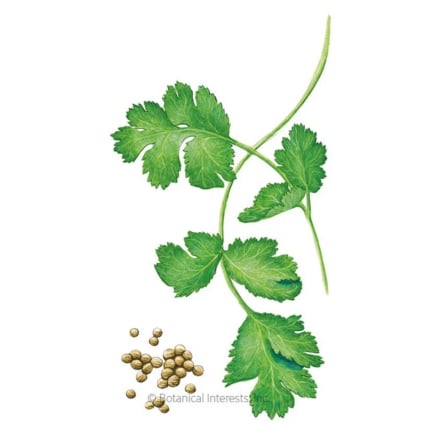
Long Standing Santo Cilantro Seeds

Lemongrass
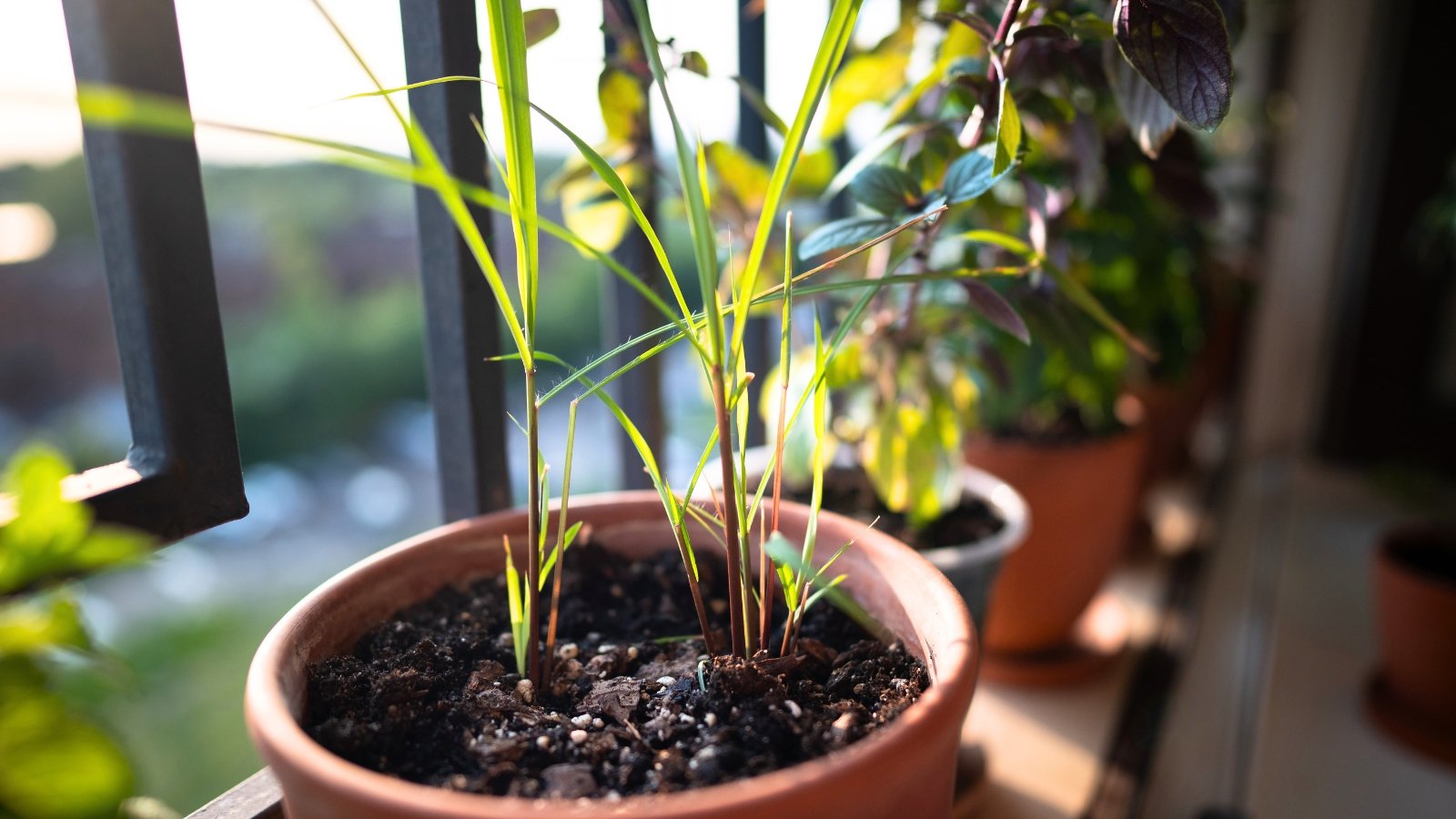 Grow in a pot to move before the first frost.
Grow in a pot to move before the first frost.Lemongrass is a powerhouse in the kitchen, especially if you’re an Asian cuisine aficionado. The bright, lemony flavor has just a touch of spice and works beautifully in curries, teas, and marinades. It’s also a mosquito repellent, so it’s great to have around in the summer.
Because it is frost-tender, lemongrass is a herb you should bring inside in fall. If you live in a cooler zone, it’s best to grow this one in containers from the start, as it gets rather large. Make sure to bring it in well ahead of your first frost date. Give it a spot near a sunny window or under a grow light, and reduce watering for the winter.
Pineapple Sage
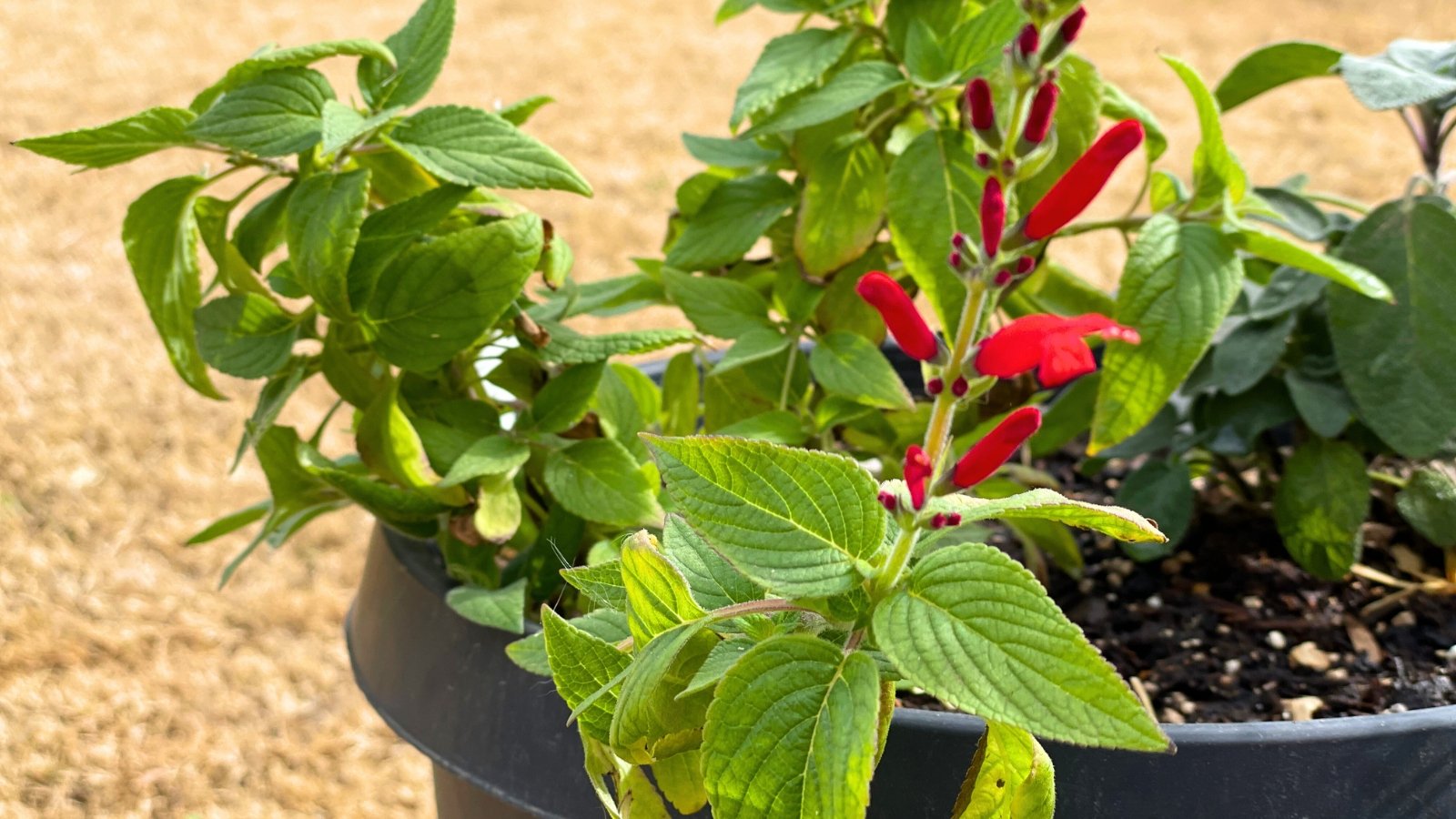 Move to a sunny window once nights get chilly.
Move to a sunny window once nights get chilly.Pineapple sage is such a beautiful herb, and it smells amazing. The crushed leaves smell like tangy pineapple and are wonderful for making tea, adding to cocktails, and salads. Not to mention, it’s an incredible pollinator attractor. The red, tubular flowers are a favorite for hummingbirds.
Most people grow this as an annual, though in warmer climates it dies back in a frost and returns in the spring. It makes an excellent container plant, and you can bring it inside in the fall so that it sticks around for next year. It needs bright, direct light and continued care, but it will overwinter nicely this way.
Basil
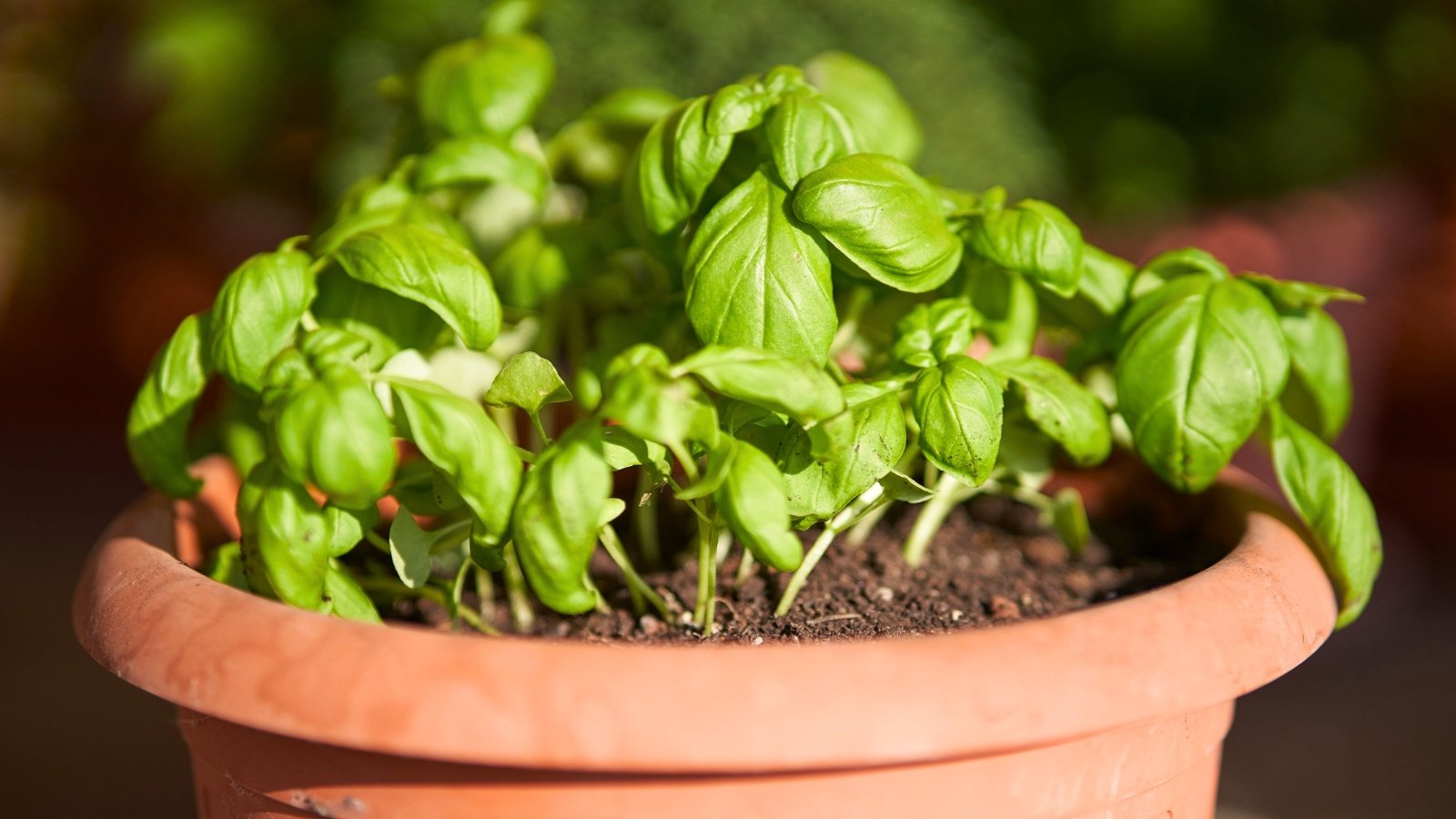 Start new plants from cuttings as the season cools.
Start new plants from cuttings as the season cools.Basil is a staple in every Italian’s garden, and truly, the garden of every food lover. The sweetly fragrant leaves create one of the best aromas in the kitchen. It’s also highly frost-tender and will die at the first hint of freezing temperatures. These are tricky herbs to bring inside in fall, so I recommend growing your basil in containers from the start.
Basil doesn’t like to be transplanted, though it can be done. It’s actually better to take cuttings and root them in a new container to bring inside in the fall. Trim off a few sprigs and remove the bottom leaves. Set the ends in a glass of water until roots develop. It should happen quickly, in a week or two. Then pot them up and enjoy!

Cilantro
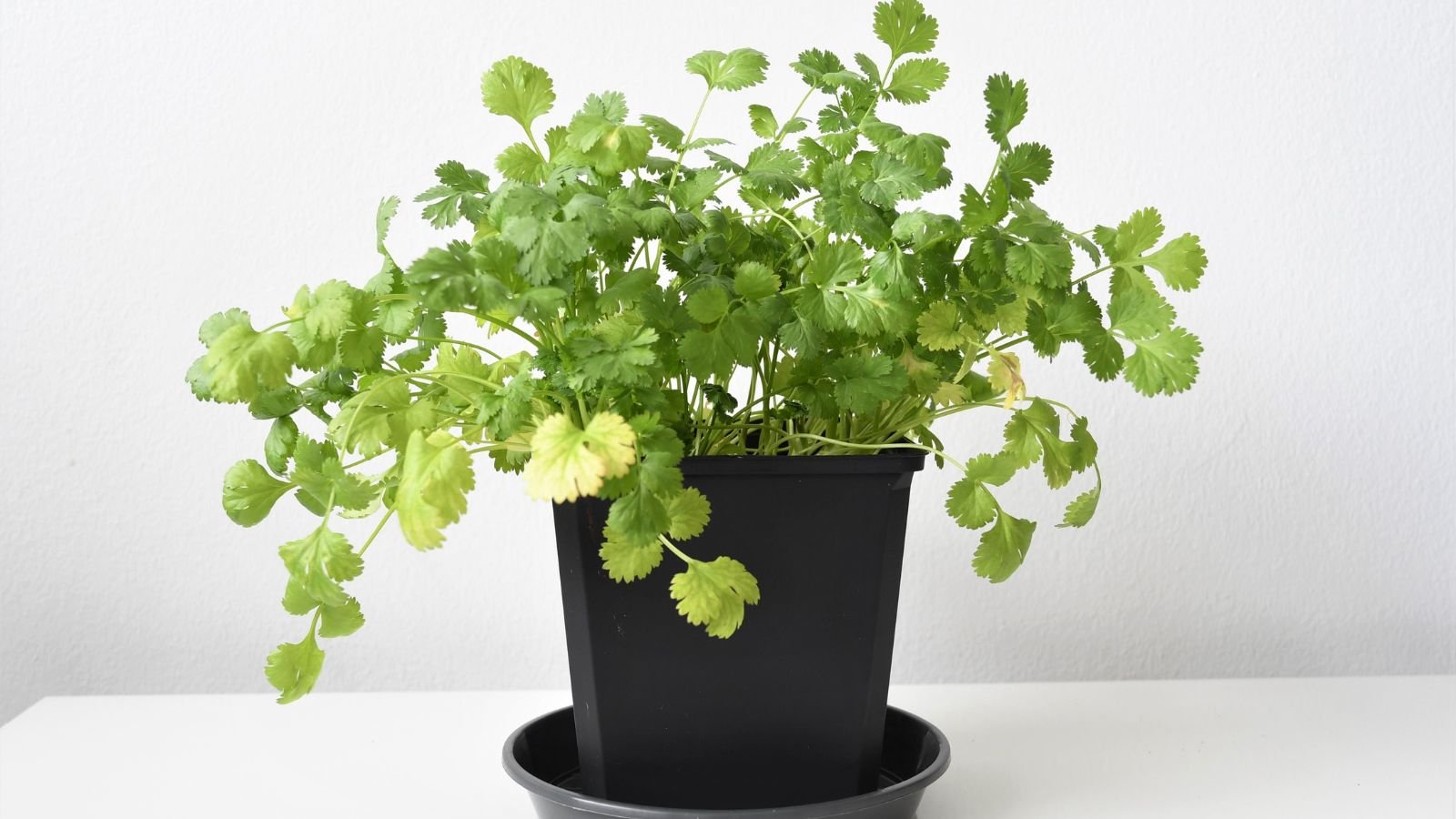 Leave outside until temperatures start dropping below freezing.
Leave outside until temperatures start dropping below freezing.Cilantro is more cold-tolerant than basil, but it’s not evergreen like rosemary. It’s not a truly frost-hardy herb, so in most climates this herb should be inside in fall. A light frost isn’t likely to kill it, but a hard frost will. Cilantro prefers cool weather, so moving it indoors is a balancing act.
Because fall is a wonderful growing season for this herb, you don’t want to bring it inside too soon. Allow it to remain outdoors in the crisp weather until that last possible moment. If you’re going to experience temperatures consistently below 50°F (10°F) at night, this is the time to bring it in. Most herbs like a decent amount of light, so create a space near a sunny window for your indoor herb garden in the fall.
Lemon Verbena
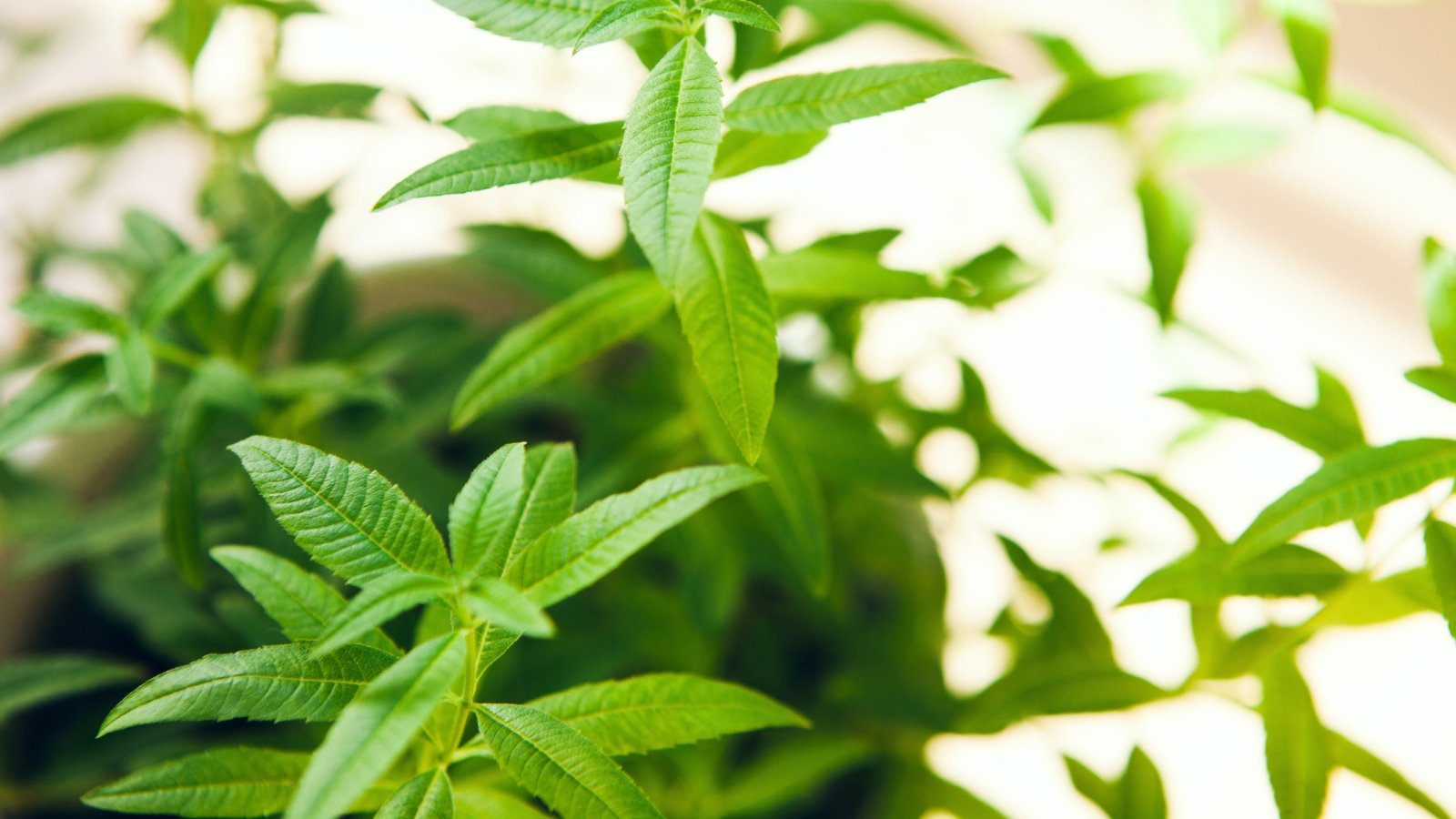 Cut back and repot when temperatures begin to drop.
Cut back and repot when temperatures begin to drop.Lemon verbena is a beautiful and notoriously frost-tender herb. It’s perennial in zones 8-10. In zone 8, the roots are hardy with some protection. Even before the first frost, verbena will begin to drop leaves as nights get cooler. Fortunately, this is an herb you can bring inside in the fall.
Dig up your lemon verbena as soon as the weather starts to cool off in the fall. Put it in a large container and trim it back by about one-third to reduce stress. Then keep the soil lightly moist and place it in a sunny spot.
Sweet Marjoram
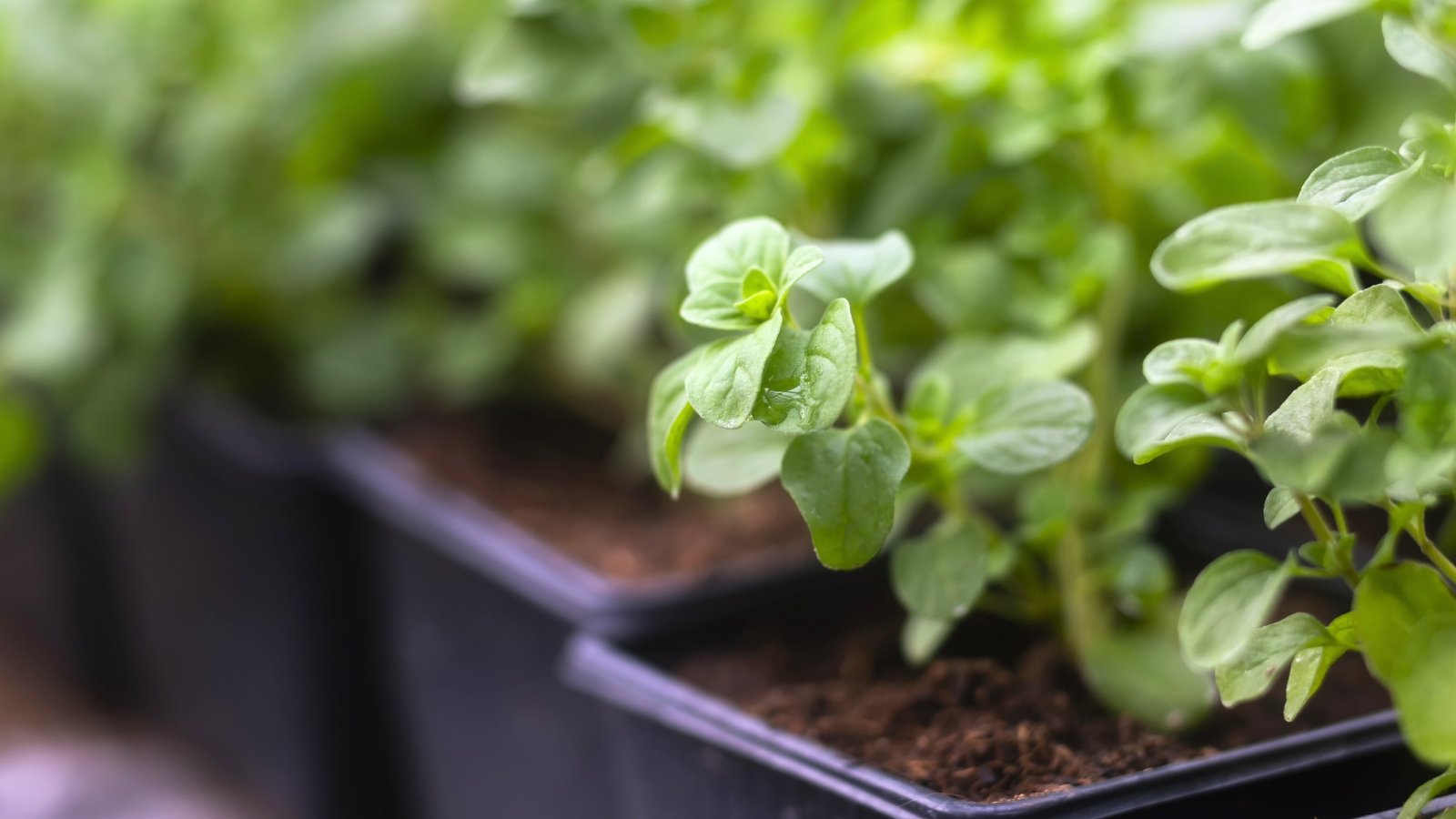 Pot it up before cold nights to keep it going.
Pot it up before cold nights to keep it going.Sweet marjoram is a cousin to oregano, but it’s not nearly as cold-hardy. Once nights fall to about 30°F (-1°C), this herb will die off. Sweet marjoram is milder and more delicate than oregano. Its compact growth makes it ideal for growing in containers, so I highly recommend this if you’re north of Zone 9.
If it’s in the ground, that’s fine. It will transplant easily. In the fall, dig it up and move it into a well-drained container. It won’t hurt to bring it inside a couple of weeks ahead of your first frost. It grows more slowly in the winter, so harvest it sparingly during this time.

Stevia
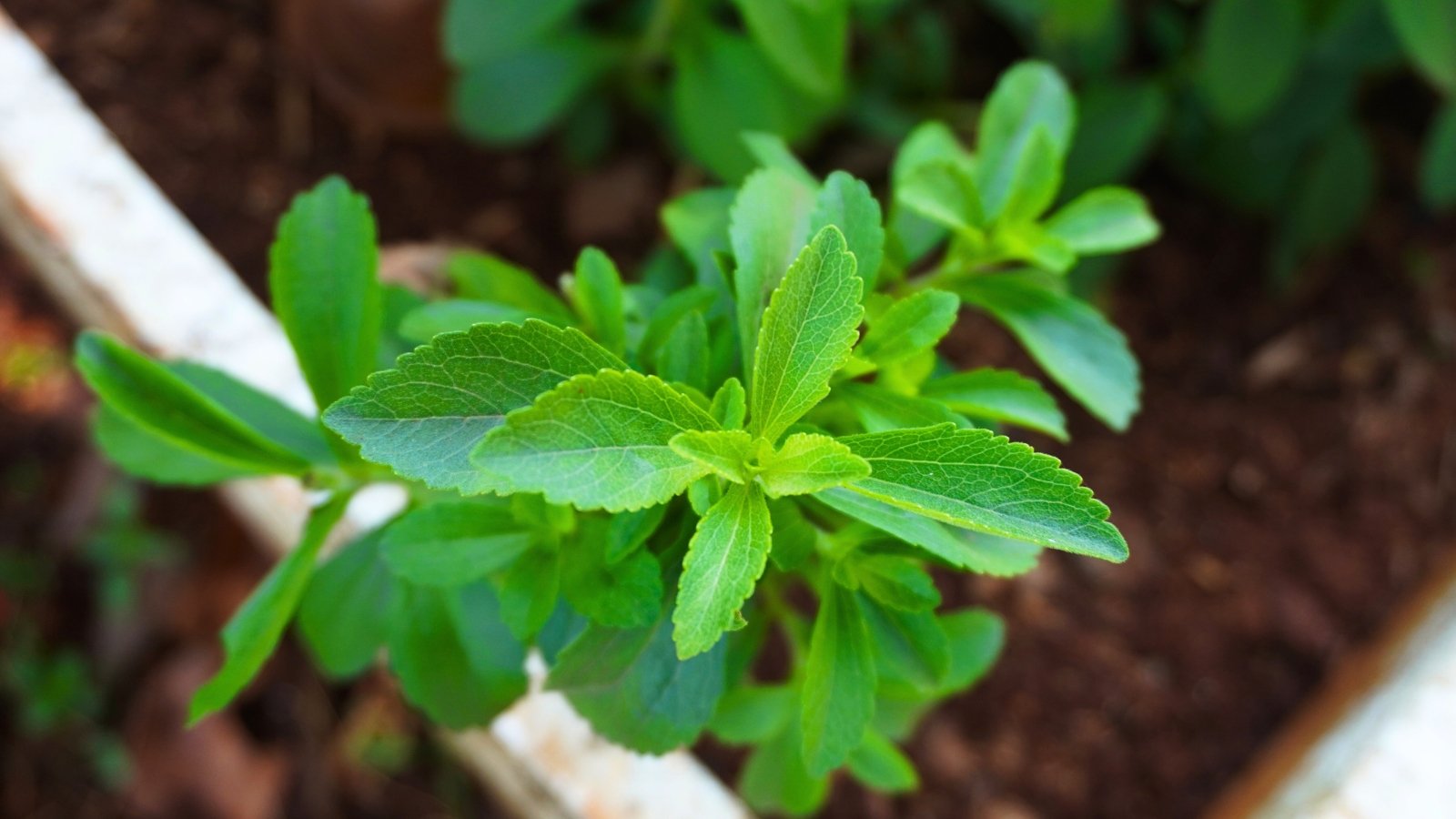 Gather the sweetest leaves before temperatures fall.
Gather the sweetest leaves before temperatures fall.Stevia is a frost-tender perennial that will not reliably survive outdoors north of zone 9. A light frost will likely kill the leaves, and a hard freeze will take out the entire plant. It does like cool fall weather, and this is when the leaves will be sweetest, so it’s a good time to harvest. Snip some stems ahead of digging it up and use them or freeze them for later.
Dig up the root ball with some soil still attached and plant it in a pot with light, well-draining soil. If you didn’t already, cut it back by a third to reduce stress. Once you bring these herbs inside in fall, they will thrive in average indoor temperatures. If you don’t have room, you can always place them in a cooler spot, like a garage, and go dormant for the winter.
Mexican Taragon
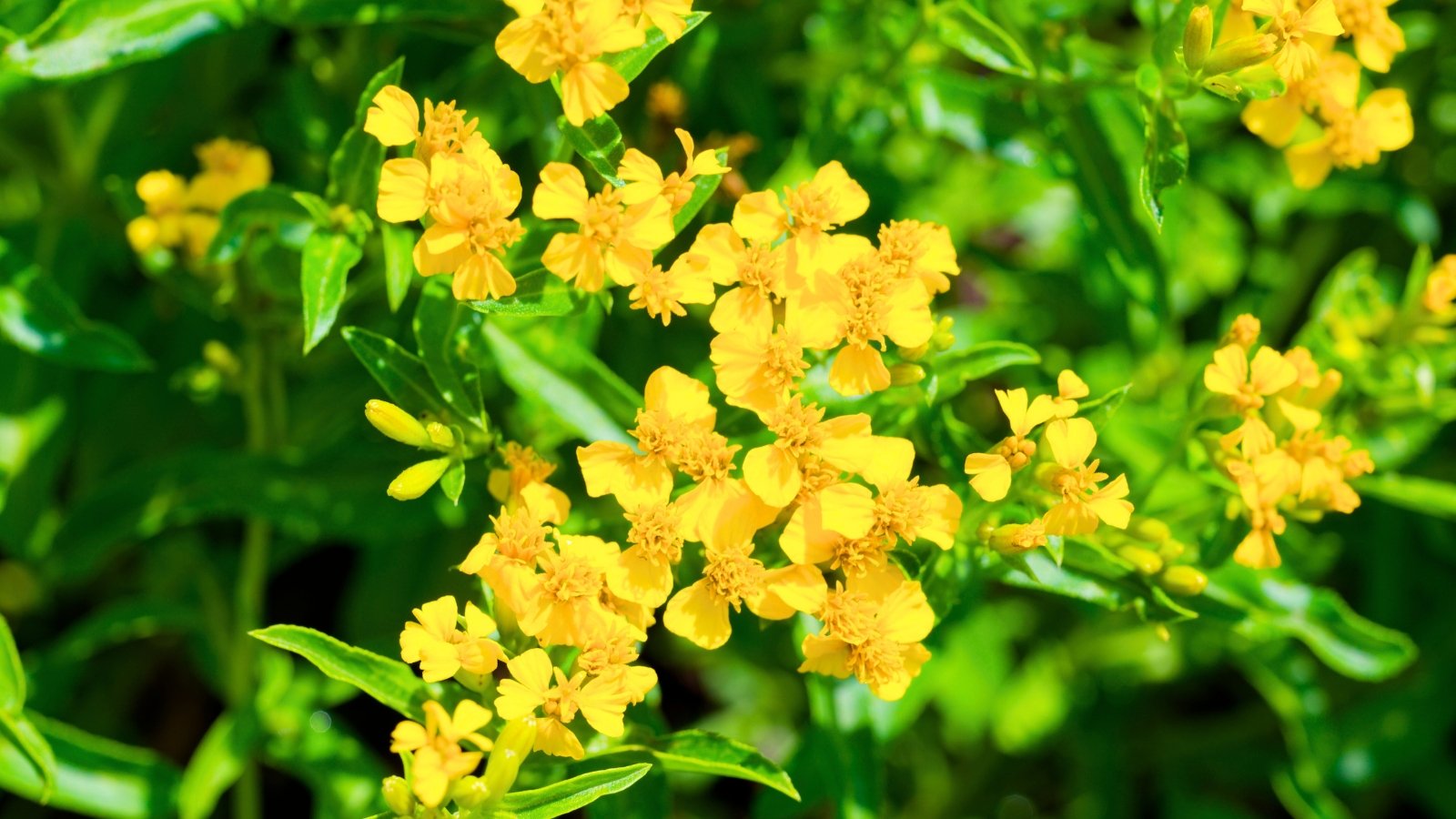 Take cuttings to keep a fresh supply through winter.
Take cuttings to keep a fresh supply through winter.Mexican tarragon is a sweet, licorice-smelling herb related to marigolds. Unlike French tarragon, it thrives in warm climates, so it’s great for southern gardeners. It’s great for all kinds of cooking, delicious in teas, and the late-season flowers provide food for pollinators.
If you grow this in containers, it’s easy to move. Transplanting is possible, but it’s also easy to root cuttings if you want to bring your herbs inside in the fall. This plant loves heat and is tolerant of higher humidity. It’s also an attractive flowering herb.
Patchouli
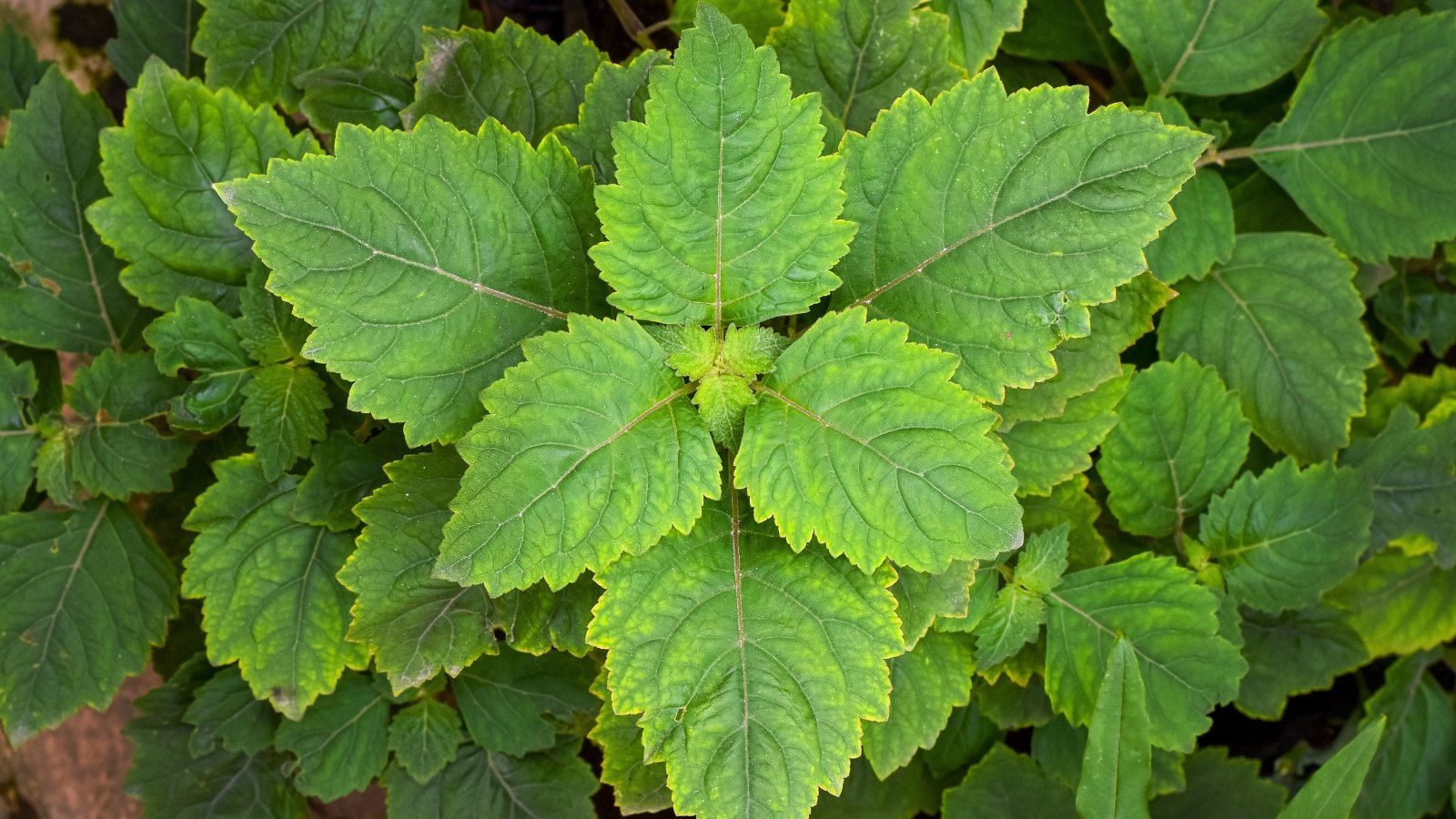 Pot with rich, airy soil for steady winter growth.
Pot with rich, airy soil for steady winter growth.Patchouli is one of my favorite herbs, not for its flavor, but for its wonderful aroma. The leaves and flowers of this tropical mint relative smell earthy, sweet, and wonderful. It’s native to Southeast Asia, so it likes warm, humid, frost-free climates. Here in zone 9, it doesn’t survive the winter outdoors.
You’ll want to move this one inside in the fall before the temperature dips into the 60s (around 16-18°C) during the day. Pot it with rich, well-draining soil, and make sure to get the entire root ball. It likes warmth and humidity, so a brightly lit bathroom window is perfect for this herb.


 1 day ago
10
1 day ago
10
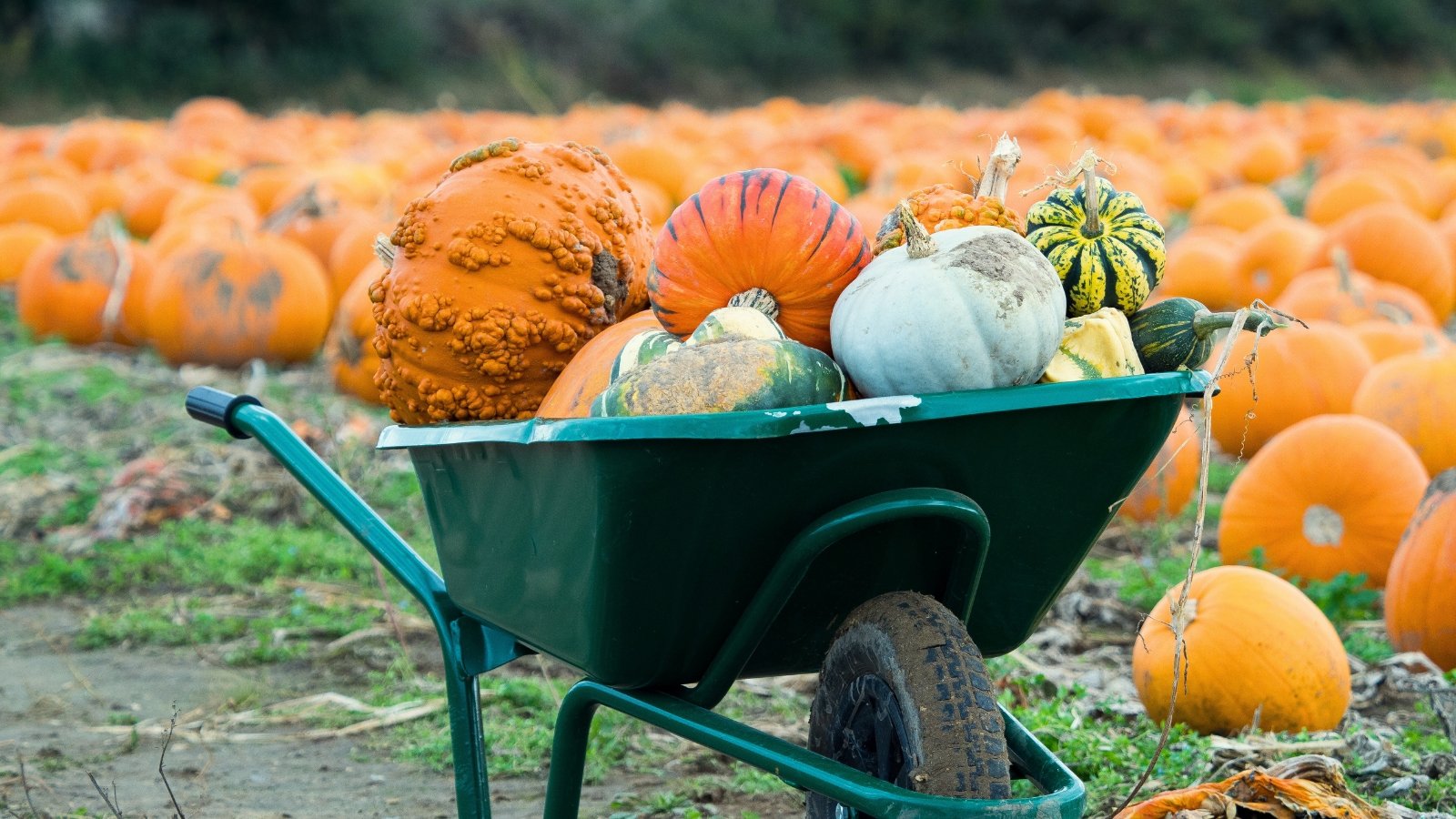

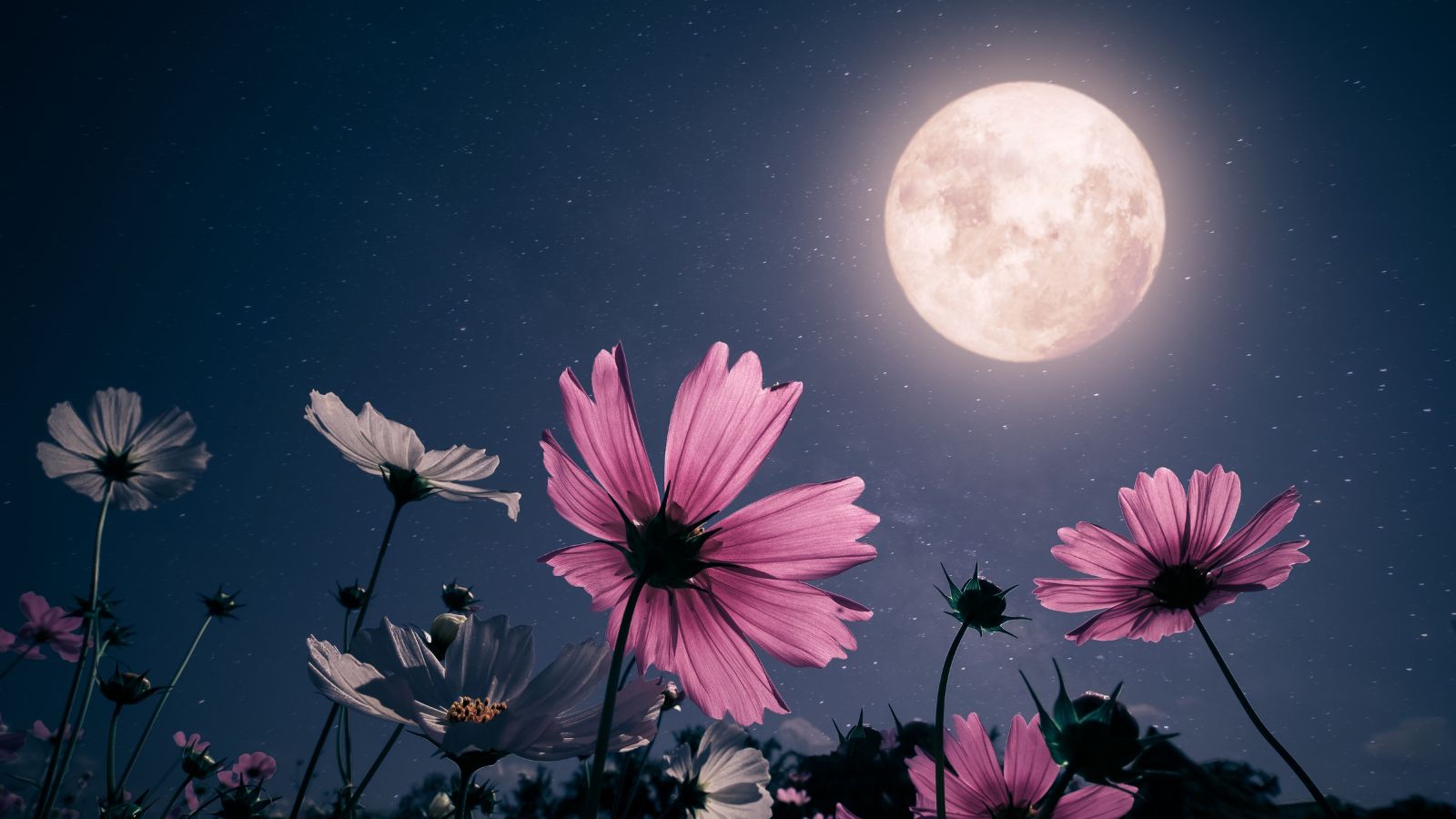

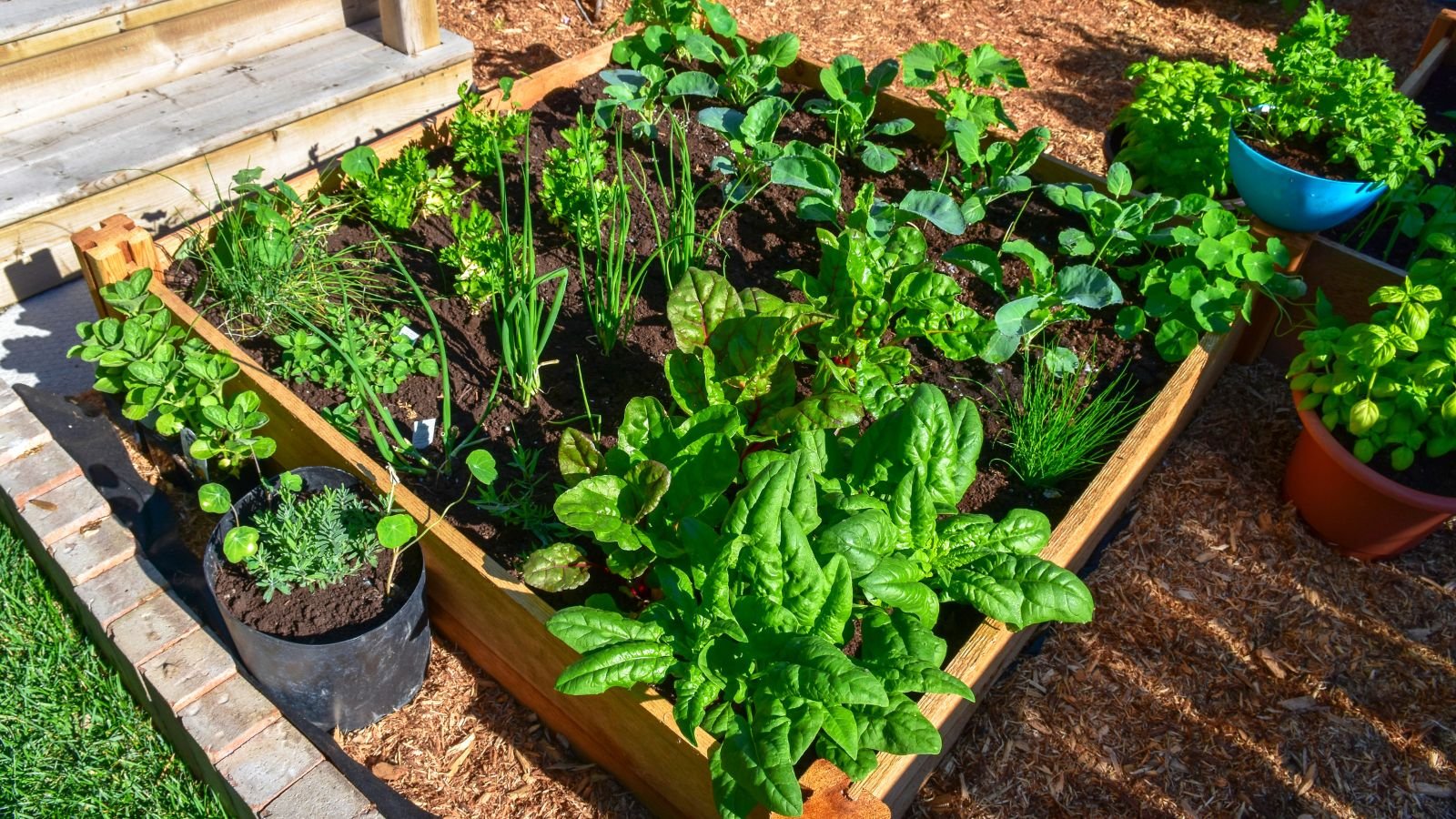
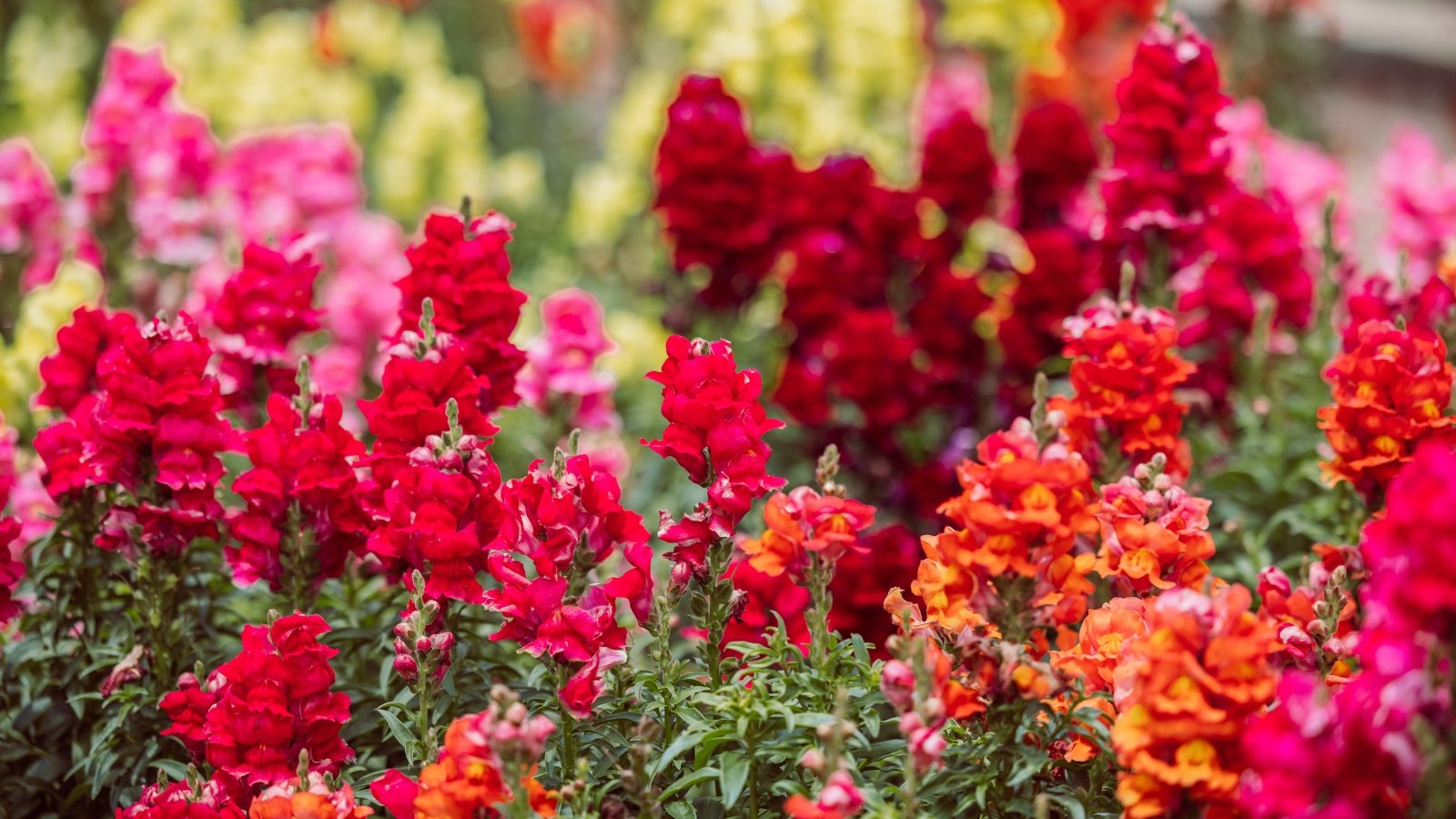















 English (US) ·
English (US) ·  French (CA) ·
French (CA) ·